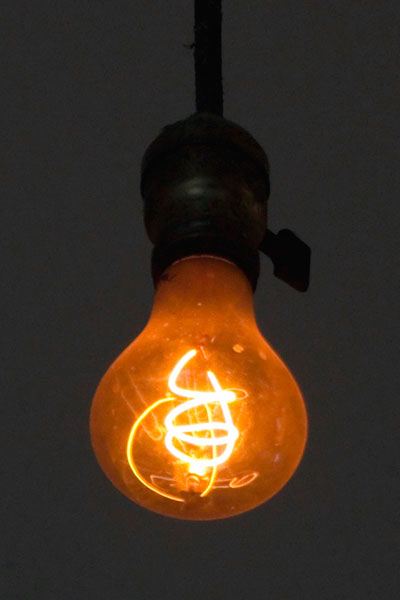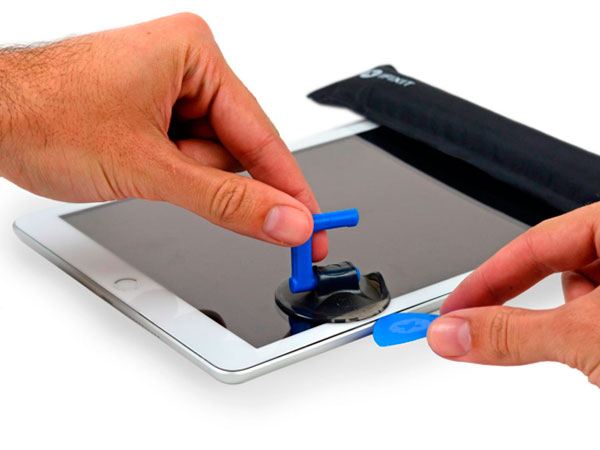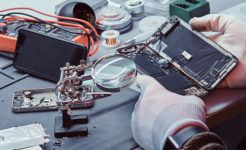
Planned Obsolescence – Built to Trash: A Cautionary Tale For Brand Managers
Planned obsolescence (or also referred to as built-in obsolescence) is a term used in economics that describes a strategy of developing devices that has limited useful (life)time. It means it will become “obsolete” (not functional or not trendy) after a period of time. For obvious reasons, companies avoid any information about this.
But this phenomenon is not so unknown. As early as 1932, an American businessman, Bernard London, published a brochure entitled “Ending the Depression Through Planned Obsolescence”. Planned Obsolescence is an industrial strategy, where the manufacturer deliberately “builds” a certain defect into a technical product. The purpose of such manipulation is to let the product-device to be broken after a certain period of time. As a result, the customer is forced to buy a new device, which supports the trade in industry. Unfortunately, it is hard to mention a built-in defect in new devices. The algorithms are so brilliantly verified that you cannot draw a line between this phenomenon and ordinary wear and tear.
The first bulbs that went on sale had a service life of about 1500 hours. 30 years later, only light bulbs that had a lifespan of up to 2500 hours were in sale. Soon, after everyone realized that, all lamp-manufactures have started selling lamps that have a service life of about 1000 hours or less.

The Centennial Light is the world’s longest-lasting light bulb, burning since 1901
The Examples:
Theoretically, almost any faulty and broken device can be repaired and it’s unnecessary to buy an expensive new product immediately. But, because of the built-in obsolescence, devices don’t just “break down”. It is specially designed so the error is basically unable to be repaired…

In a Homepod you will have to destroy the covering in order to gain access inside
- The housing body of many devices is now held on glue, but not screws. That means not only “to open”, but also “to close” the device after is very difficult task.
- The built-in batteries in smartphones, can hardly be serviced at home. Consequently, when the battery is irreversibly broken down, you need an expensive repair. It either begins to degrade or lose most of its capacity after 500-800 recharge cycles. As a result, you either have to change the gadget or always take a charger with you.
- Chips limiting lifetime. For example, printers and cartridges have this trick where manufacturers used to install chips that accounts for the consumption of ink. In doing this, the device’s service time can be easily manipulated. The manufacturer initially built-in a limited period of time, after which the device informs that it can no longer function. In reality, the printer can still work fine. Also, accounting microchips that control and manage print operations, may block the printer when the number of printed pages specified by the manufacturer is reached. Enthusiasts released special utilities for surpassing this.
- The incompatibility of new connectors with older devices forces customers to purchase unnecessary parts and equipment, even if the old ones are fully functional. The first-generation connector of the Intel Core processors has 1156 contacts (LGA 1156), but the second-generations have 1155 (LGA 1155). As a result, owners of the system blocks old motherboards, and therefore forcing them to buy a new motherboard in order to upgrade the processor. Even though the physical connectors for the processor installation are almost the same.
- Cheap power-carrying components in electronic devices often cause a breakdown. An electrolytic capacitor, intentionally installed near the “hot components”, may eventually lose its properties and “swell” under the influence of high temperatures. In this case, you have to replace it yourself or contact a service center.
- The monolith and slate design of smartphones make even the simplest repairs difficult. It is enough to glue or weld two parts of the body to make disassembly impossible if you need to replace a cracked touchscreen or LCD display.
- Gentle algorithms for the operation of microcircuits that controls the charge of the battery can use operation algorithms, causing the battery to be substantially undercharged near the end of its life cycle.
Technology consumers are used to product replacement cycles. In fact, they’re partially responsible for them. Product designers and manufacturers recognize that consumer demand for new features and innovations drives sales and allows them to create products that don’t need to stand the test of time. This is not a new phenomenon.
The tactic is called planned obsolescence, and it has roots dating back to the light bulb industry in the early 1900’s. In the modern era, one company (however unfairly) has become near-synonymous with the practice, and that company is Apple, Inc. Since the launch of the original iPhone in 2007, the tech giant has produced a new model or variant of their signature device every single year.
To date, demand has remained steady for the various models of iPhone. As prices have increased, though, some cracks are starting to show in the once-dominant company’s armor. What Apple is facing is an excellent object lesson for anyone in the consumer products industry in the age of the internet.
A Growing Backlash
When the concept of planned obsolescence began in the 1900s, mass communications were still limited, with the first transcontinental telephone call occurring in 1915. That meant that consumers may have known that their light bulbs weren’t lasting as long, but were unable to see the broad outlines of the scheme as it unfolded. These days, the internet has changed all of that. Millions of users around the globe are sharing their product experiences as they happen, and patterns are much easier to spot.
In Apple’s case, it didn’t take long for web sleuths to notice and prove a correlation between the release of a new iPhone model and the sudden slowdown of previous handsets. It turned out to be an intentional limiting of performance that was meant to protect aging handsets that suffered from battery degradation. The problem is that Apple hadn’t disclosed what they were doing to users, and is now facing several lawsuits about the practice around the world.

Apple’s iPad battery replacement is very difficult even for professionals because an expensive front panel (display and touchscreen together) should be removed first. Without any issues and damage of course…
Links:
- Sell your used iPad for cash – iGotOffer
- Everything About Apple’s Products – The complete guide to all Apple consumer electronic products, including technical specifications, identifiers and other valuable information.






Facebook
Twitter
RSS